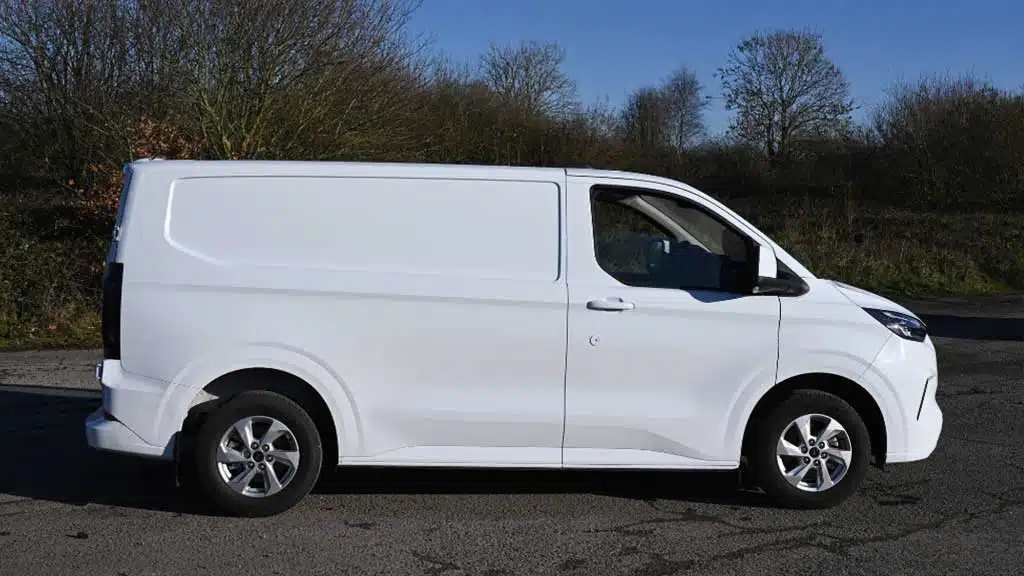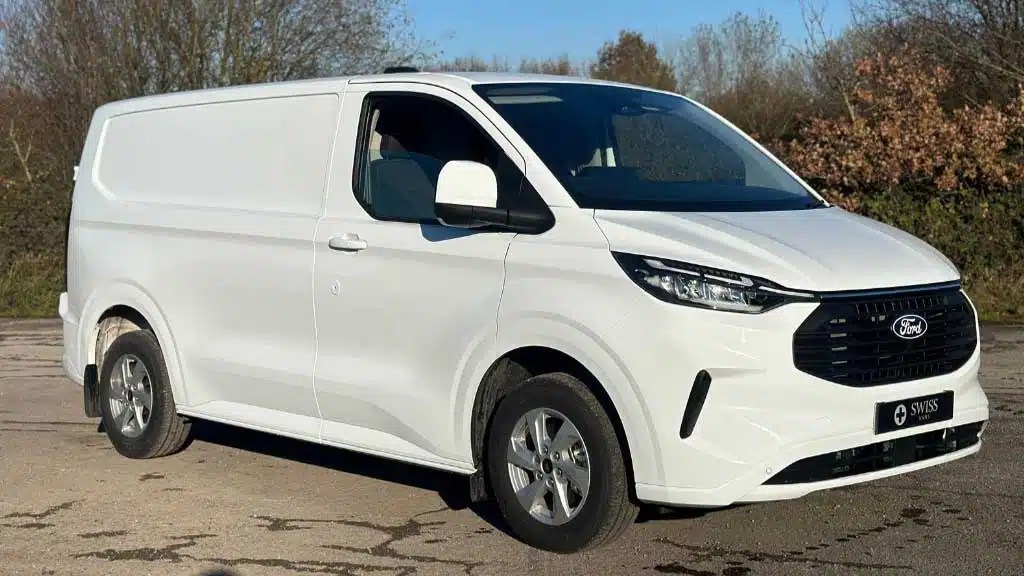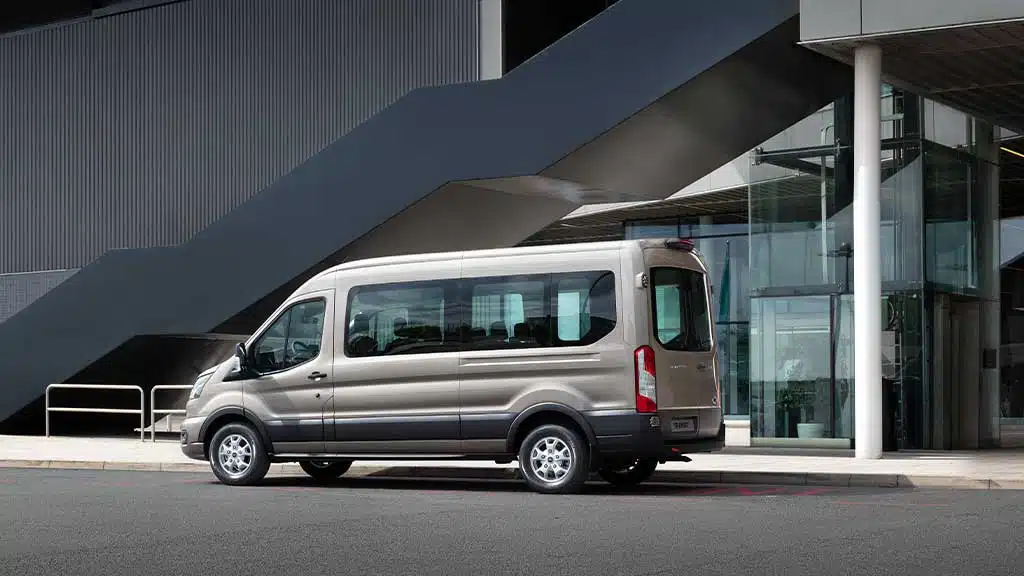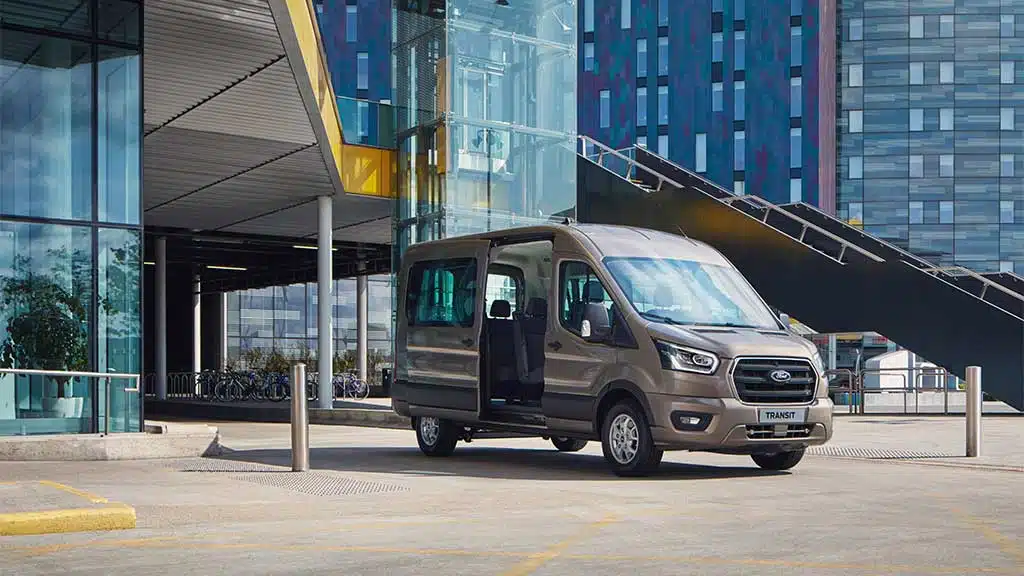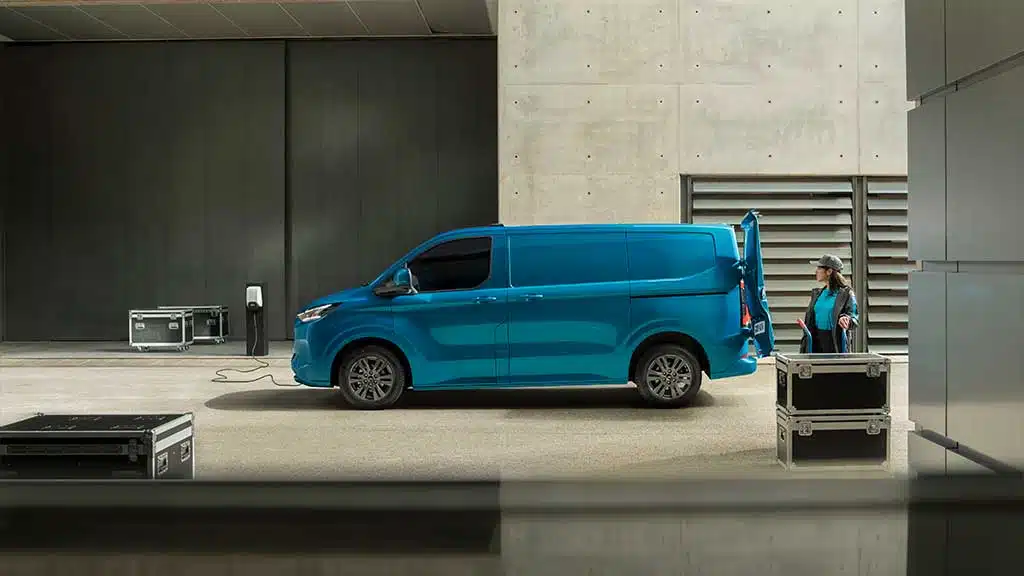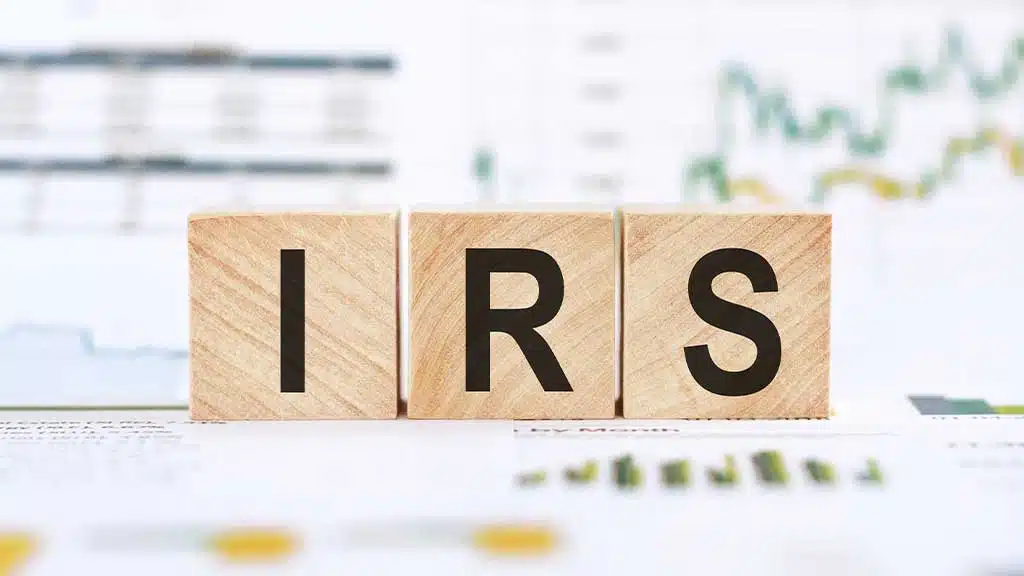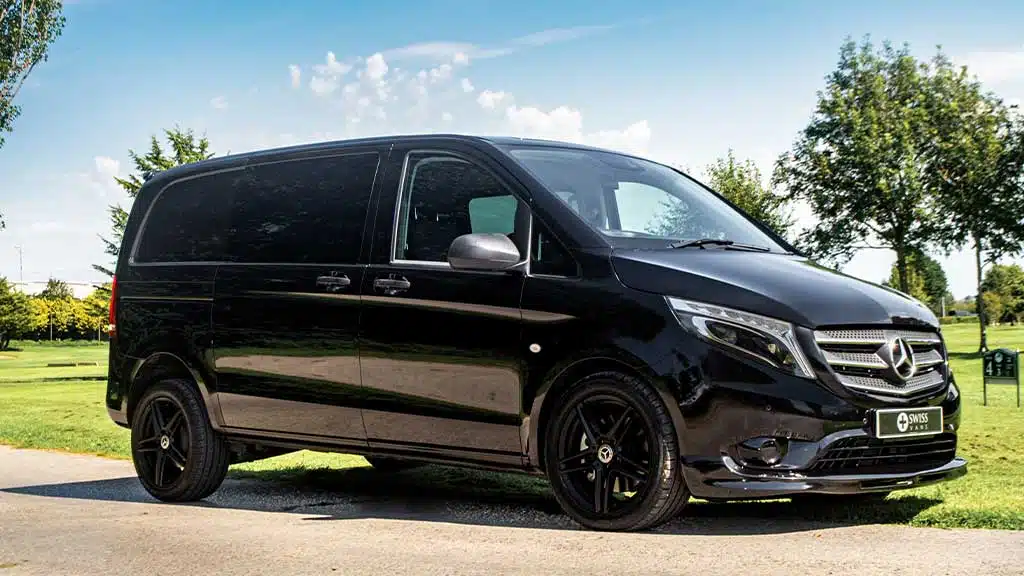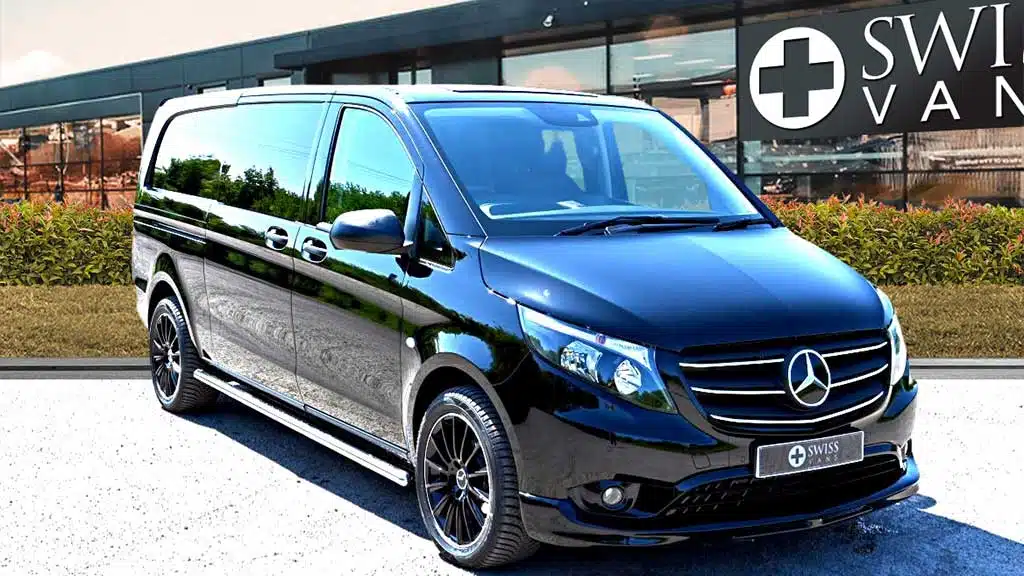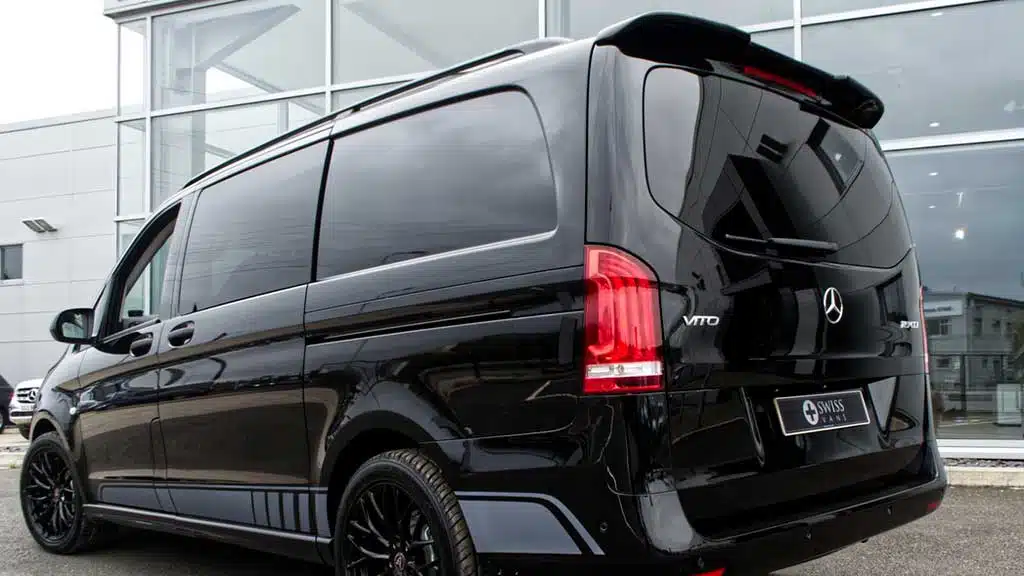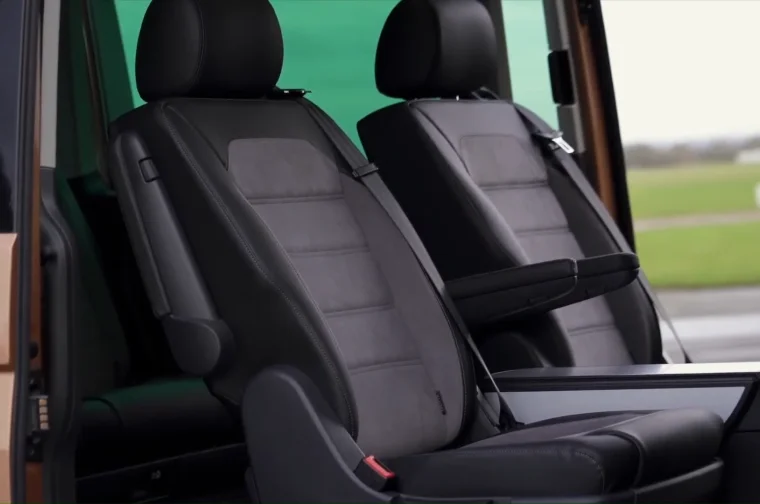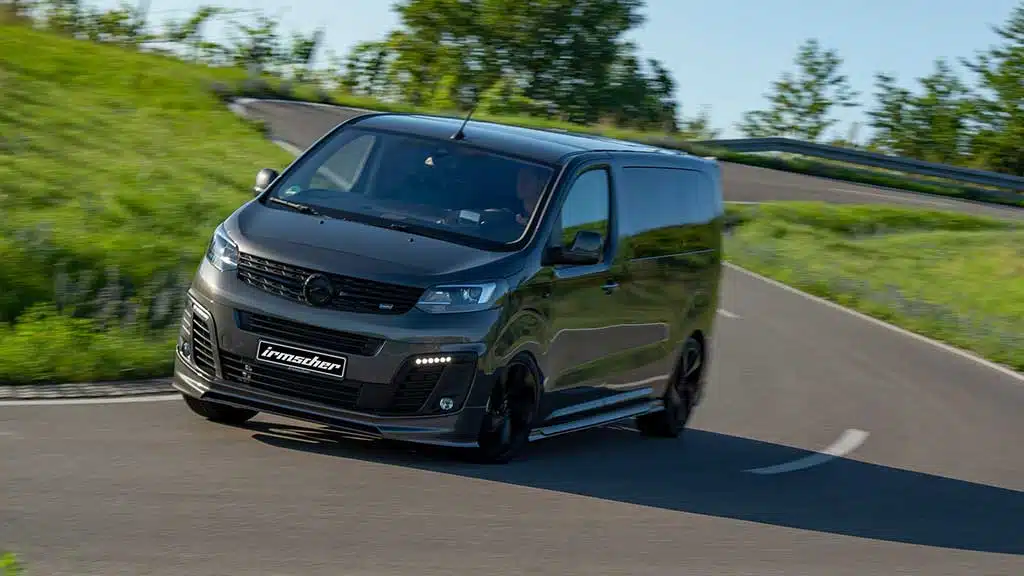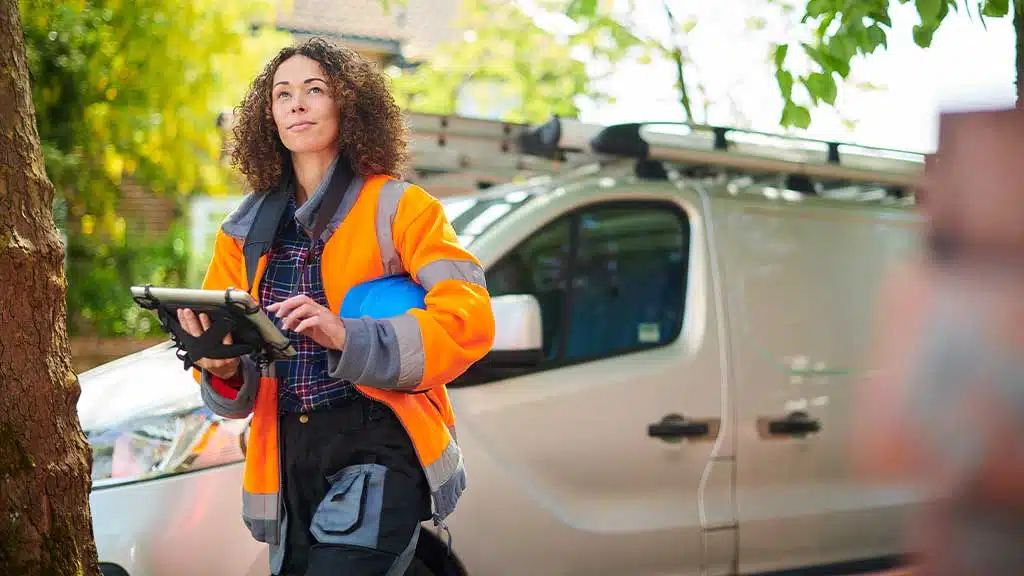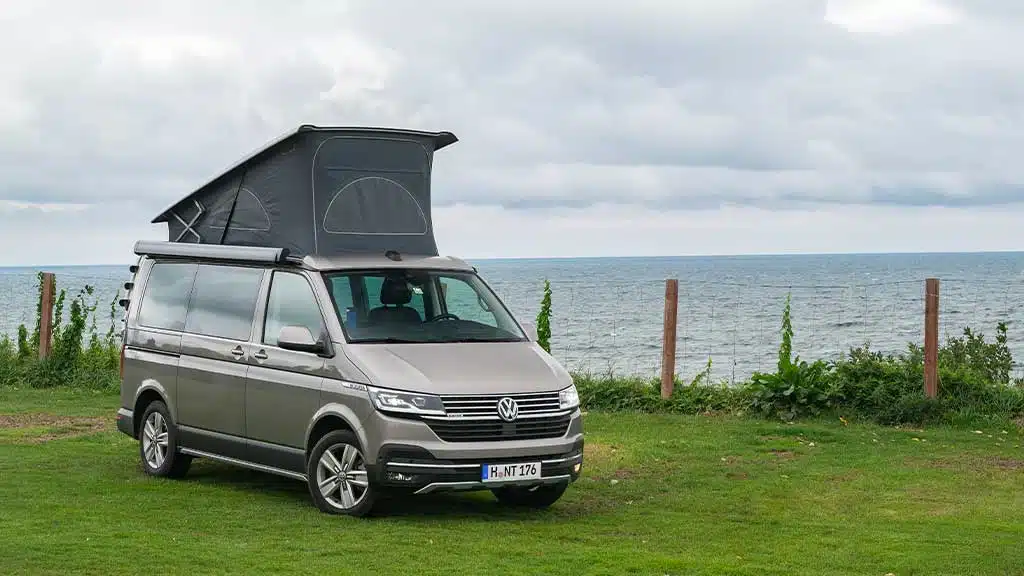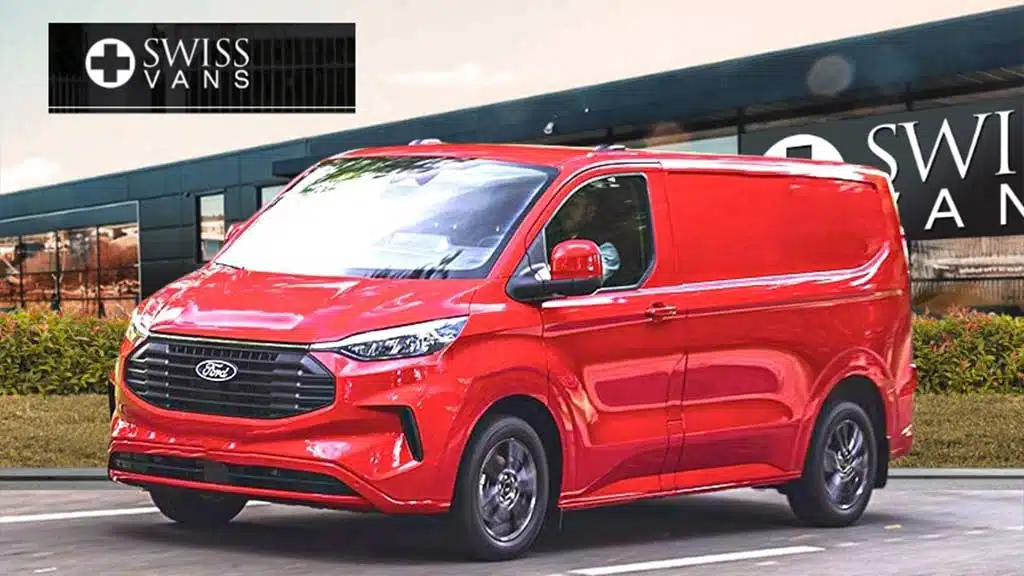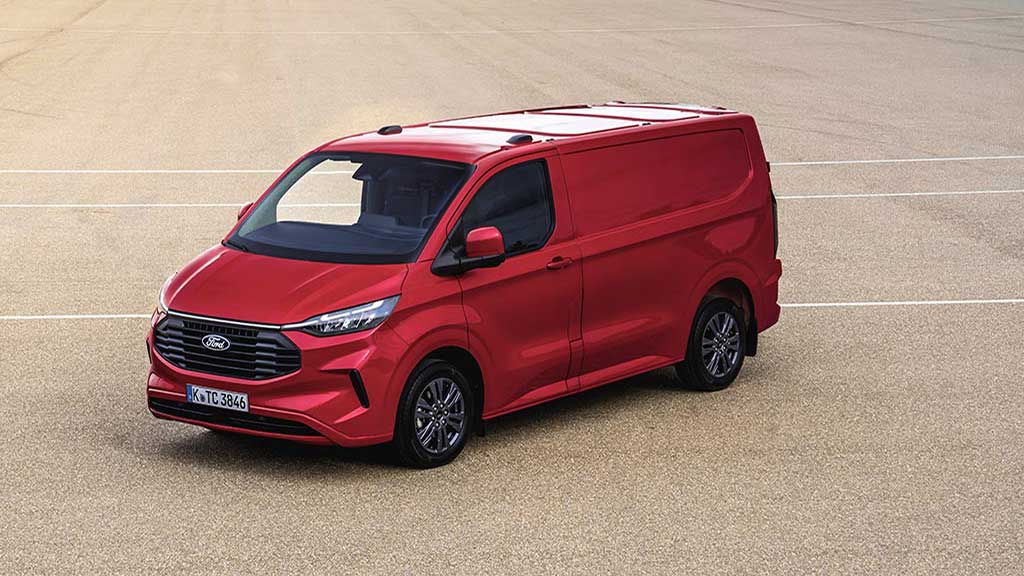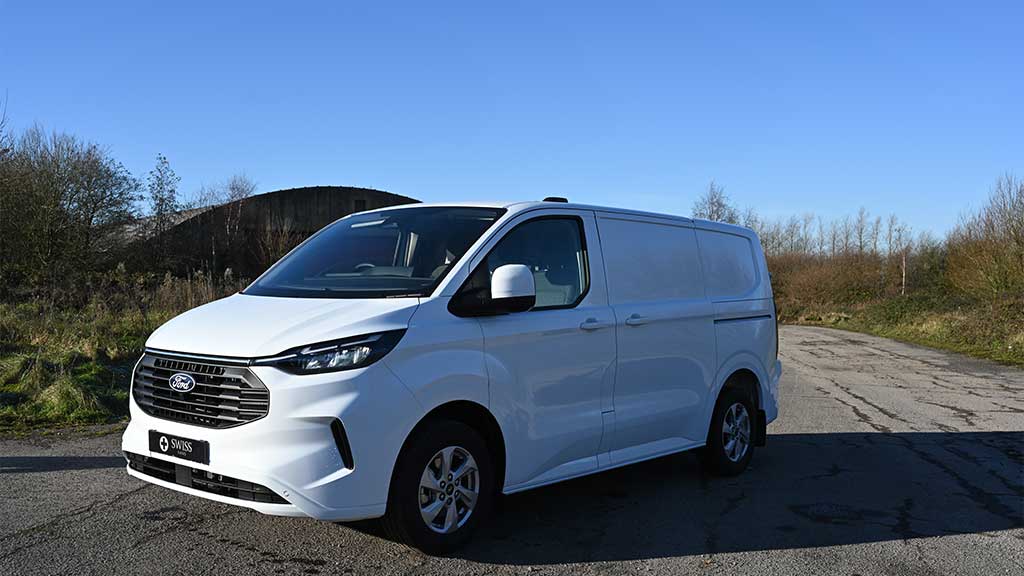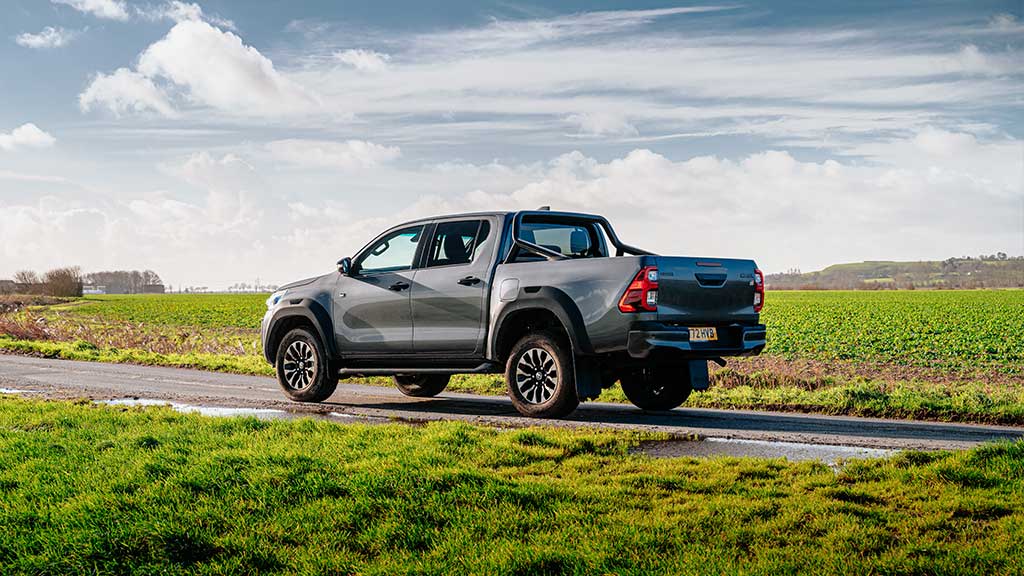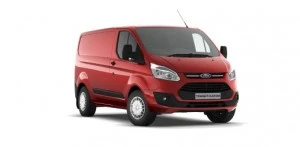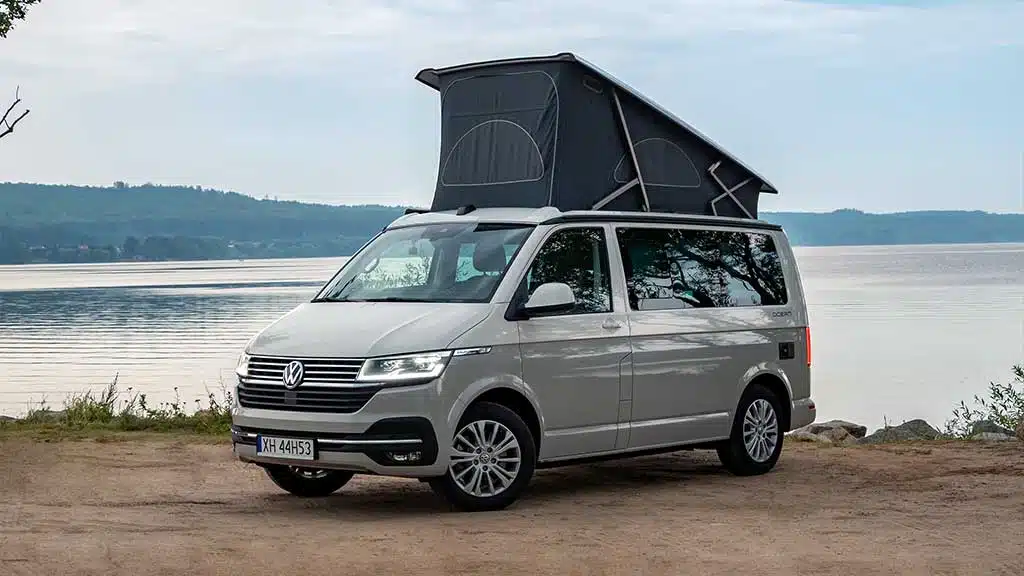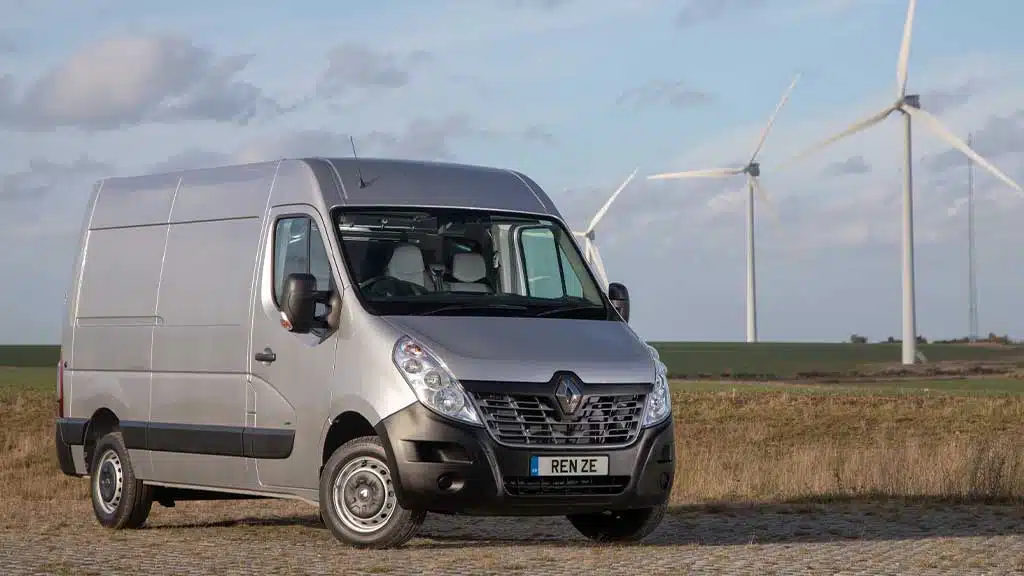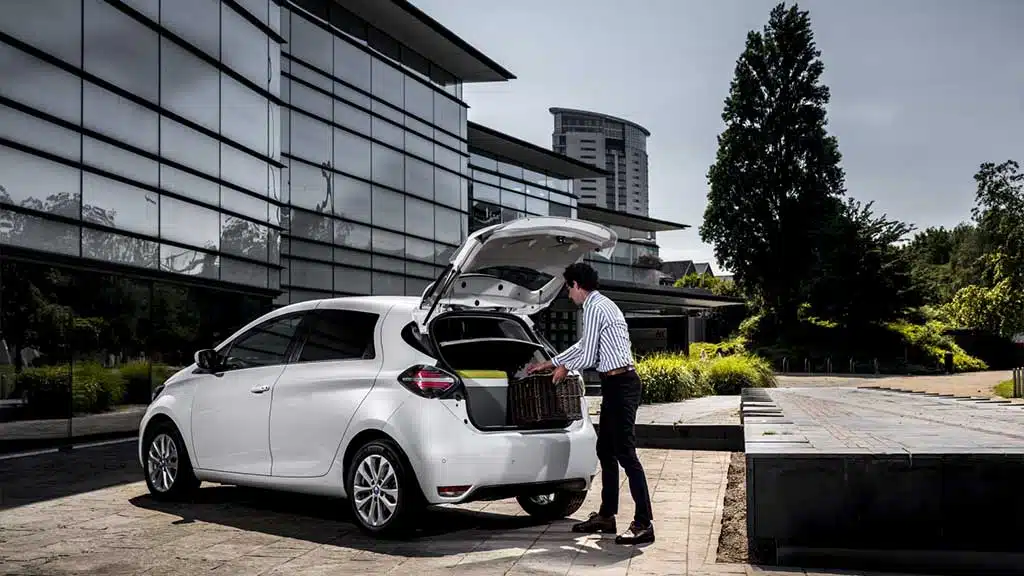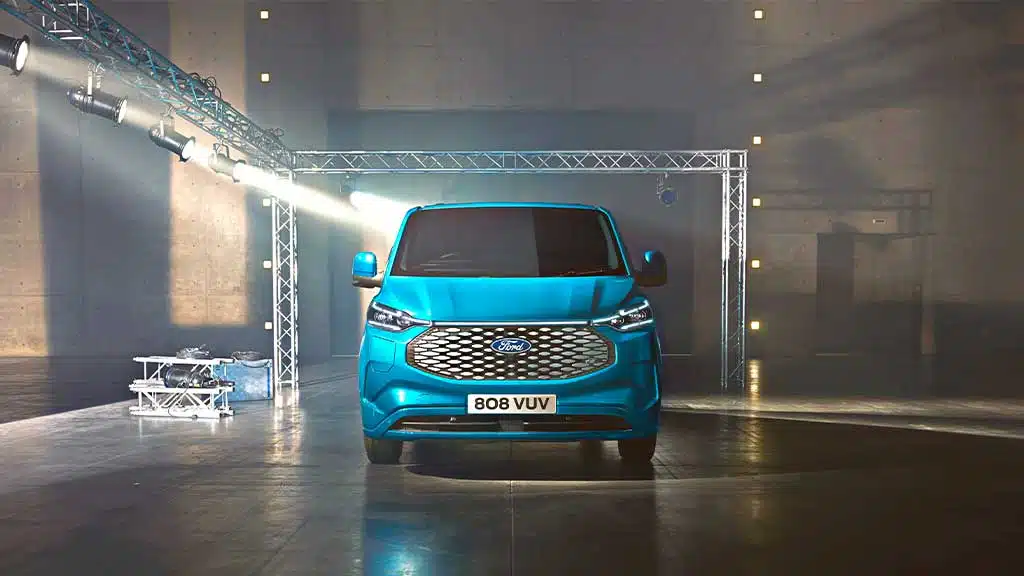“What is gap insurance” is one of the most discussed topics in the car insurance industry. GAP insurance is something entirely different, even though it could seem like short-term auto insurance. The protection is made to safeguard your finances in the case of an insurance claim, as opposed to covering drivers during a period when you do not own a car.
Here, we define GAP insurance and attempt to address a few of the most often-asked queries regarding the unique type of insurance. We will go over more details about gap insurance for cars and its entirety while looking at how gap insurance works. We are also going to look at the distinct kinds of gap coverage and the best way to get gap insurance.
What is Gap Insurance?
The abbreviation GAP refers to Guaranteed Asset Protection in GAP insurance. Although the protection aspect is a little more involved and pertains to financial coverage of your vehicle’s depreciation, you can see your car as an asset. The current worth of the vehicle is frequently paid by insurance companies for any “total loss” claim in case the vehicle must be entirely replaced. The scheme leaves many drivers out of pocket, especially when you consider that the value of new automobiles sometimes drops by 15-35% during the first year, and over the course of 3 years, it will drop by 50% and sometimes more.
How Does GAP Insurance Work?
The simplest way to describe how GAP insurance functions is to offer you some examples of scenarios.
- If you rent your vehicle. (Avoid renting a car)
- If less than 20% of the buying price was made as a down payment. (Whether you make a down payment or not, avoid financing a car loan.)
- If the loan’s term is greater than 60 months. Wow, that’s five years!
- If you loan a vehicle that loses value more quickly than the norm. Consider large, luxurious sedans. But within the 1st five years, many cars lose about 60% of their value.
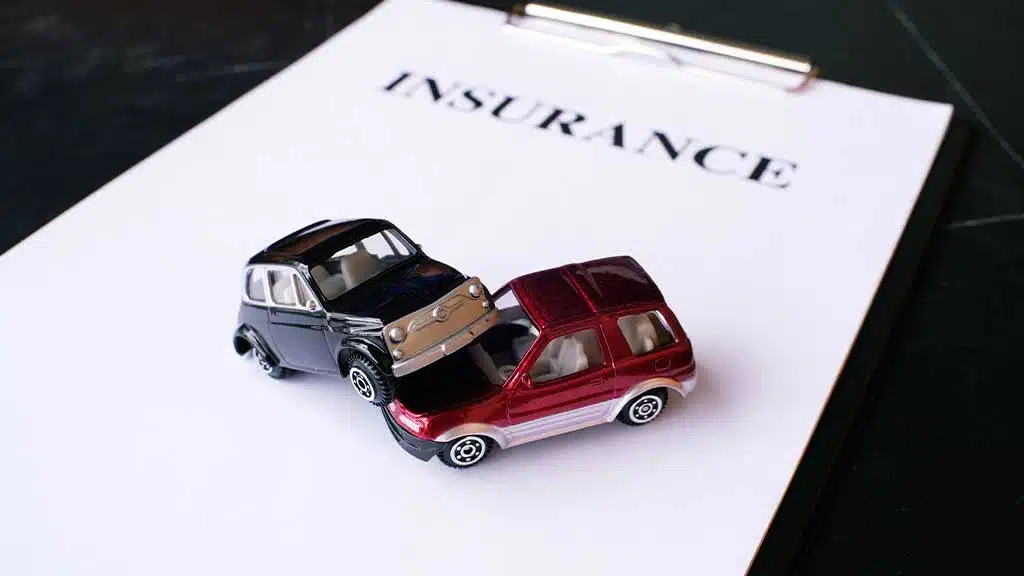
Now, we will always advise you to purchase your vehicle with cash in case you are not able to tell from the foregoing. We despise debt and would not advise you to put yourself in any of these situations.
However, if you finance a vehicle and the vehicle crashes and total your brand-new $22,000 vehicle, your insurance provider will reimburse you for the vehicle’s Kelley Blue Book value. Say your insurance company pays you $15,000 as an example. But since you made the poor choice to finance a car, you are still owing close to $22,000.
Thus, the discrepancy is $22,000 less $15,000, or $7,000 total. When you buy GAP insurance, your policy fills in the gap, helping you to pay off the loan. The question of how does gap insurance work can be more extensive but this is what it is all about.
Here is an example:
| Actual Cash Value | Current Loan Balance | Difference (the Gap) |
| $15,000 | $22,000 | $7,000 |
(Note: There are cases where you may have to pay your deductible as well. Your deductible is sometimes covered by GAP insurance, and sometimes it is not. You must review your policies first and ask questions before paying for it).
Different GAP insurance Types
To answer the question what is gap insurance, you must understand what is involved. GAP insurance is divided into 6 categories:
- Back to invoice: GAP insurance adds to a ‘total loss’ reimbursement the amount you paid for your car.
- Back to value: GAP insurance covers the disparity between a “total loss” settlement and the car’s original buying price.
- Replaces vehicles: GAP insurance covers the disparity between a “total loss” settlement and the price of a brand-new car.
- Finance: A car’s outstanding loan payments are covered by GAP insurance, but often not negative equity.
- Unfavorable equity: When you loan more money than the value of your car, GAP insurance covers the unexpected costs that result.
- Lease: GAP insurance pays for the remaining balance of your lease agreement as well as any additional costs incurred by breaking your lease early.
What Is Covered in Gap Insurance?
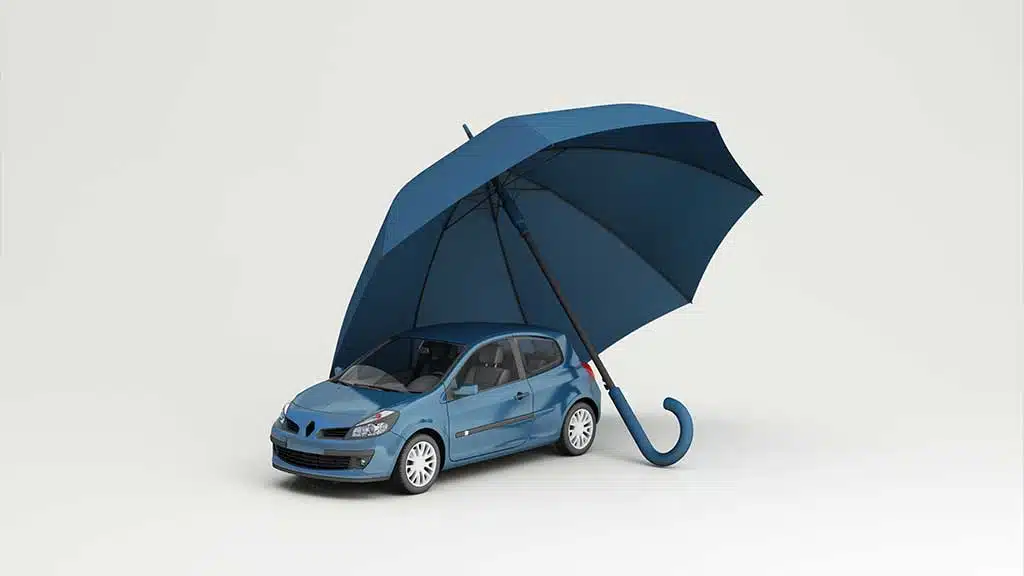
Here is where we get the perfect understanding of what is gap insurance. Of all the lengthy list above, only one item is covered by gap insurance: the difference between what you owe on your automobile and what the insurance provider will pay you if it is a case of total loss. Gap insurance coverage is a different sort of coverage that does not cover any damage to your automobile or anybody else’s vehicle, and it is only offered as component of full coverage for drivers with comprehensive and collision coverage. Only if you are yet to pay your lease or loan and your financed or leased car was totaled will it come into play.
What Is Not Covered in Gap Insurance?
What exclusions apply to GAP insurance? Well, to be honest, a lot! And all of it leads to confusion.
The following are some items that GAP insurance will not pay for:
- When you lose your work or become disabled, your car payments
- Vehicle upkeep
- Automobile rental while your vehicle is being repaired
- Additional warranties, etc.
None of these are covered by GAP insurance. GAP insurance only pays the difference between the amount your car insurance will cover and the amount you still owe on the loan.
GAP Insurance Cost
Let us discuss financial terms. GAP insurance is available from your regular auto insurance carrier and the finance department at the dealer. The price is typically exorbitant if you purchase either at a dealership or the bank funding your loan—and you must pay a flat sum of $500–$700.
You will pay interest on the amount you invested in GAP insurance because that cost is applied to the loan amount. Therefore, avoid purchasing GAP insurance from a dealership or bank. To incorporate GAP insurance, you must understand what is gap insurance. Most auto insurance policies add an extra $20 to your yearly cost. To ensure you have the best possible pricing and the insurance coverage you require, an agent can also review your remaining policy. Do you want to check if you are covered by proper auto insurance? Get an auto right away! Discuss with him and tell him if you need additional methods to reduce your auto insurance costs.
Do GAP Insurance Policies Have Any Exclusions?

Not every insurance claim will result in a payout in GAP fashion. Your insurance provider must determine that your car is a “total loss”; this determination may be made because of damage or theft because of a “write-off.” Some vehicles may not be insured if they:
- Are covered by a third-party policy or coverage that covers fire and theft
- Are more expensive than £75,000
- Have traveled over 100,000 miles after purchasing the coverage
- Who surpasses a particular age
- Are employed for a cab or hire services
Any changes you make to your vehicle, such as larger, louder exhausts, sportier spoilers, and alloy wheels, are not covered by GAP insurance. Additionally, GAP insurance will not cover any fees you have racked up with your insurance company or skipped payments on, either. This is gap insurance explained in full.
Who Is Gap Insurance Good For?
The next logical issue is whether you require GAP insurance now that you are aware of what it is, what it covers, and what it does not. The Insurance Information Institute (III) suggests that you think about GAP insurance if:
- You put less than 20% down on your loan for auto-financing.
- Your car financing loan will last for at least 60 months.
- You are renting a car.
Who Is Gap Insurance Not Good For?
You are not entitled to GAP insurance in case the value of your car is more than the amount owed on your auto loan and your insurer’s actual-value payout will exceed your debt in the event of total loss. In a similar vein, GAP insurance coverage is not necessary if you can repay your auto loan or keep up with loan payments in the event of total loss.
Best Ways to Buy GAP Insurance
Vehicle dealerships, vehicle financing businesses, and independent insurance agencies all sell GAP insurance. The GAP insurance rates frequently provided at dealerships four times the amount of regular insurance rates, so all advisors advise you to buy GAP insurance through an insurance agency rather than a dealership. Instead, ask your auto insurance agent or a private insurance provider for a GAP insurance quote before you buy your car.
Wrapping Up
I believe this will be the most incredible article about what is gap insurance you’ll ever read. GAP insurance serves as an addition to your car’s standard comprehensive and collision insurance. Some GAP Insurance policies will pay for your deductible, but you cannot purchase GAP insurance unless your car is already covered by auto insurance. When you buy a car, some dealers might offer GAP insurance, although most auto insurance companies charge less for it.



